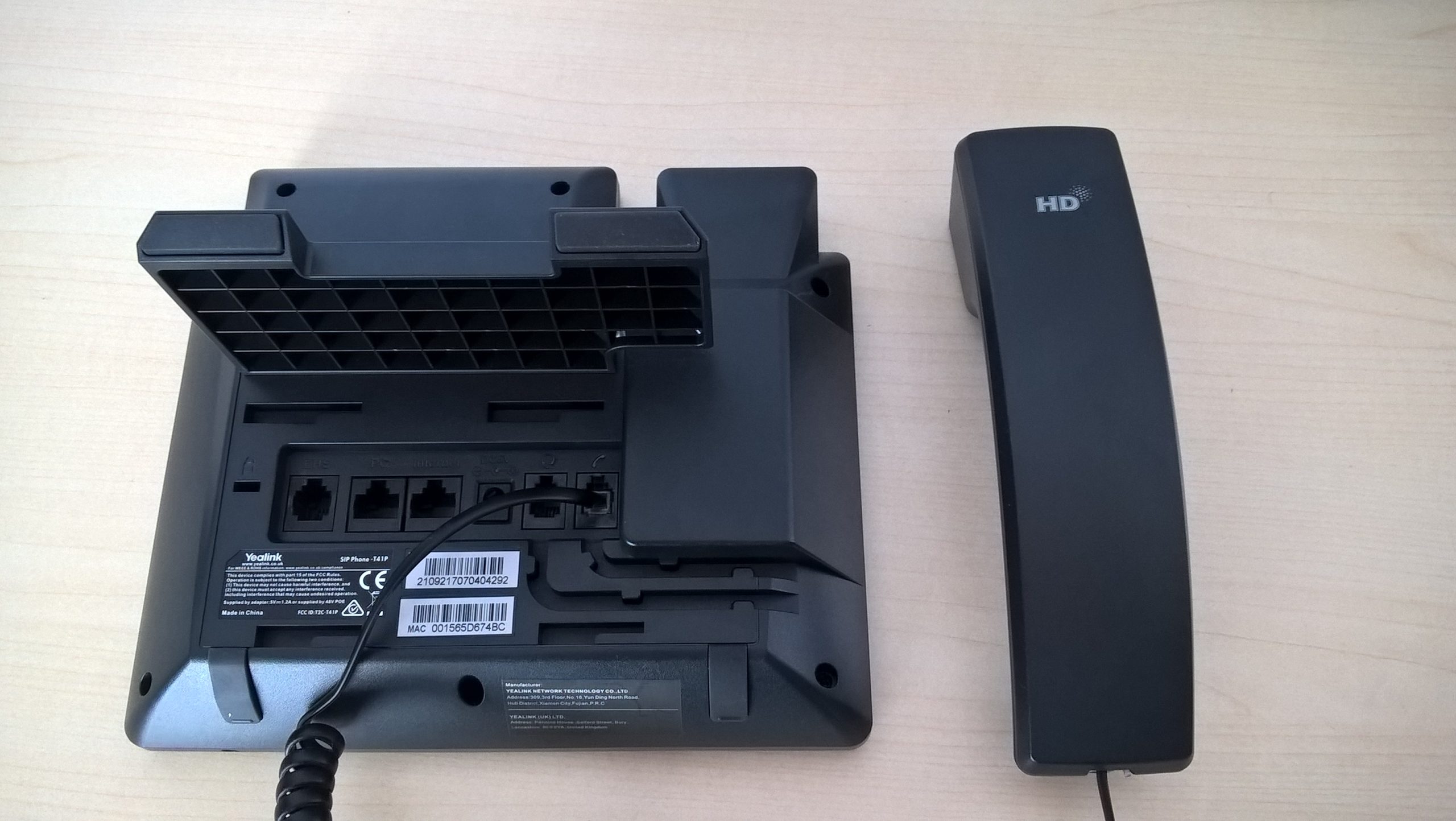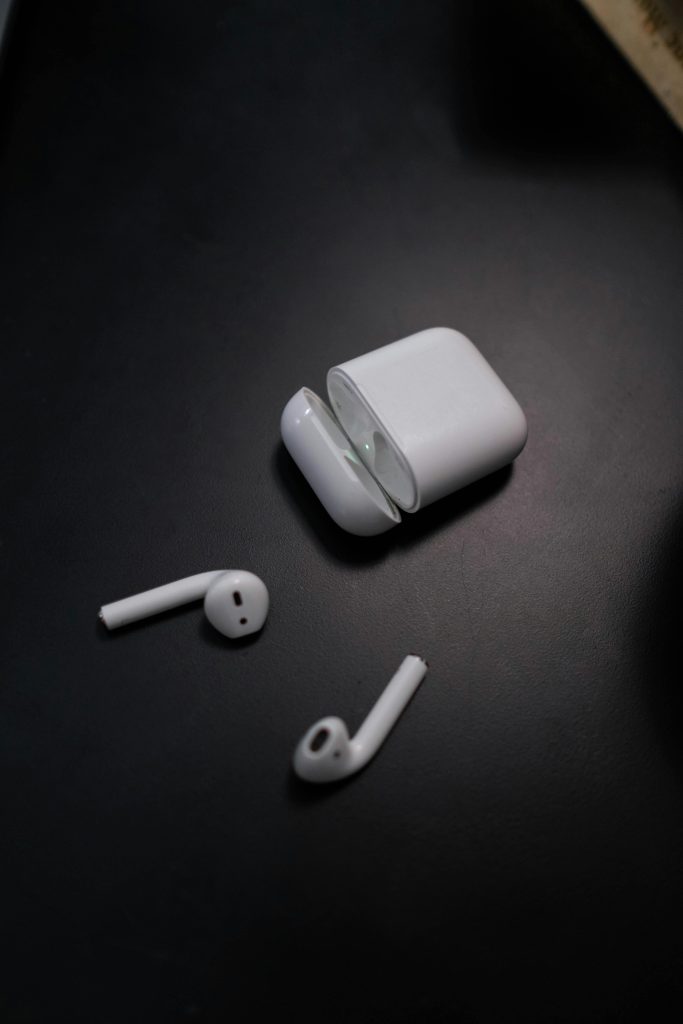Diagnosing a GPU Failure: A Step-by-Step Guide
When it comes to computer issues, it can be frustrating to pinpoint the exact component that’s causing trouble. Recently, I encountered a situation where my wife’s PC unexpectedly shut down and refused to power on. After some troubleshooting, I discovered what appeared to be a failing graphics card. Here’s how I came to that conclusion and the steps I took to diagnose the problem.
The Initial Problem
One day, my wife’s computer abruptly turned off. When I attempted to power it back up, the system would briefly light up before shutting down completely. This pattern left me perplexed, as it exhibited characteristics of a machine that had experienced a critical failure.
To further investigate, I decided to remove her EVGA GTX 950 graphics card and connect the system to the integrated graphics processor (IGPU) on the motherboard. Much to my relief, the computer booted up without any hitches. However, when I reattached the GPU and tried powering it on again, the same issue occurred—the system remained unresponsive.
Suspecting the Graphics Card
With this information, my first hunch was that the graphics card might be defective. I carefully inspected the GPU for any visible signs of damage such as burnt areas or bulging capacitors, but I didn’t notice anything out of the ordinary. Nevertheless, my suspicion was not limited solely to the GPU; I considered the possibility of faulty components, including the PCI-E slot or even the power supply’s 12V rail.
Confirming the Cause
Feeling uncertain about jumping to conclusions, I reached out to the online tech community for guidance. Many users suggested additional diagnostic steps to rule out other potential culprits. Here are some considerations to keep in mind:
-
Test the GPU in a Different System: The most definitive test is to try the suspect GPU in a working computer. If it fails to power up there as well, it’s highly likely that the GPU is the source of the issue.
-
Examine the Power Supply: Ensure that the PSU is delivering stable power. Sometimes, power supply units can behave erratically, affecting various components.
-
Check the PCI-E Slot: If possible, test the GPU in another PCI-E slot to determine if the issue lies with the original slot rather than the GPU itself.
-
Inspect Cables and Connections: Make sure that all power connections are secure and that the GPU is
Share this content:



